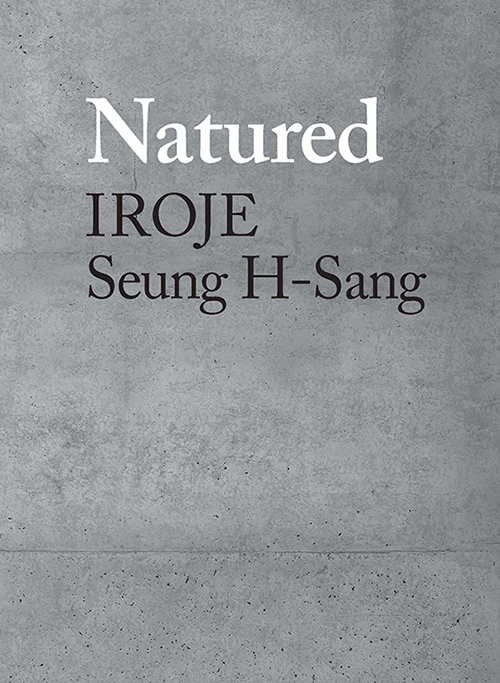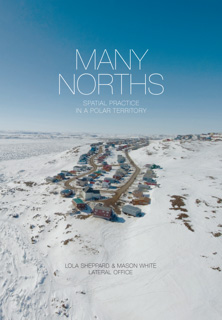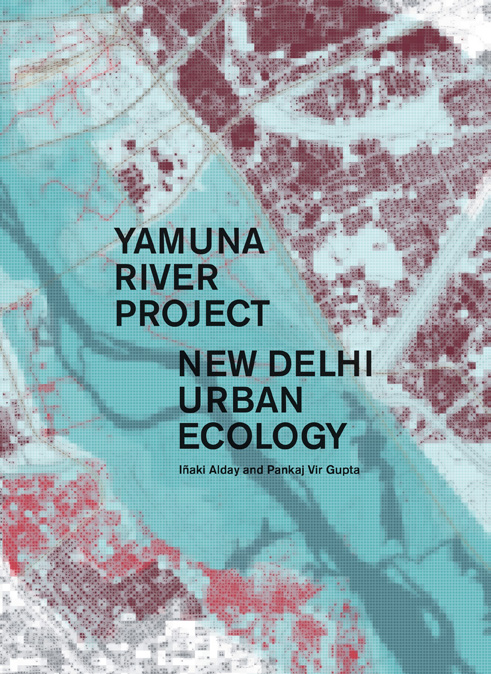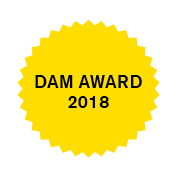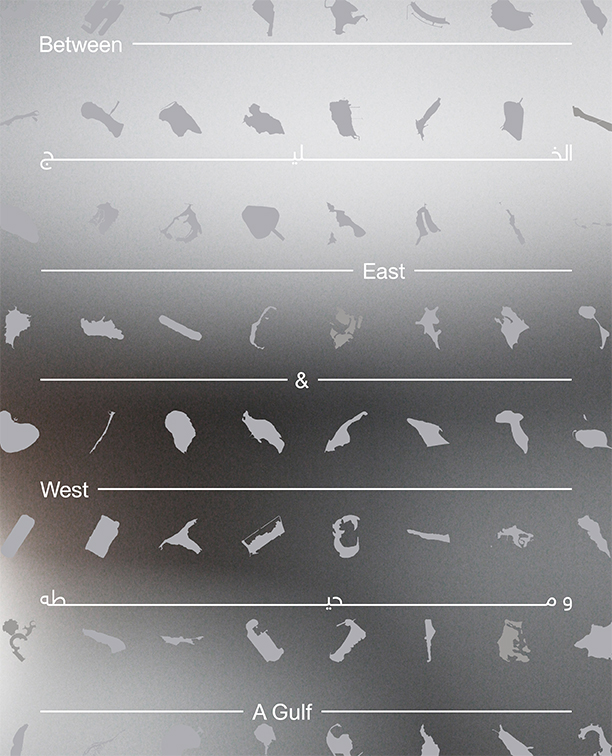Superground / Underground
35,00€
Seoul New Groundscapes
The concept of n-ground or multi-ground (Superground and Underground) applied to Seoul recalls a new qualitative development which responds to the possibility to superimpose a new dense floor (container and articulator at the same time) in the old infrastructures.
Seoul new qualitative development does not intend to “continue” or “recreate” the traditional city. Nor impose or positionate, transforming it, built machines or objects (re-objectualizing the urban plot), but superimpose a new dense floor (container and articulator at the same time) in the old obsolete infrastructures; that becomes a new Re-Cyting Topos on, inside, in, where and through which develop new/old programs, uses and activities of life and relationship. A new floor able to maintain a programmatic thickness and also become a new type of relief, platform that reveals in length and height, horizontally and vertically at the same time: a new floor capable of merging landscapes, infrastructure and building in a new type of systems/devices variable and adaptable to the current urban and environmental conditions. Obviously the opportunity areas of the old infrastructures (some in operation, others obsolete or in disuse) are revealed as the ideal spaces to support these new floors, real and virtual at the same time.
Nowadays the economic, climatic and environmental crises (increasingly amplified by the media) coexist with the acceleration of a virtual/digital space that already fully affects our real space/time and transforms it, and directs it. Those who we thought – at the turn of the Century – that the new informational revolution was going to foster (and multiply) human interactions (which could entail tolerance, taste for diversity, uniqueness and sensitivity) had to accept the manifestations of almost post-human interactions (more endogenously and synchronously hyper-connected). However, it is the quality of our surroundings, landscapes, atmospheres, urbanities or civilities (in the broad sense of both terms) that give us back joy and civic/social confidence. Creatively reinventing our own environments to enhance them is our mission as architects. Seoul Super-ground /Under-ground contribute to this: it demonstrates how, even in highly built metropolises, the recovery and recycling of old, deficient structures or infrastructures as new soils for innovative, playful-social or relational habitats, it’s still possible and it’s what allows us, today, to keep appreciating and enjoying old/new environments of life and physical interaction, beyond the purely mediatic or telematics. _Manuel Gausa (23/04/2020)
Description
Editors: Manuel Gausa, Young Joon Kim
Size: 21 x 26 cm. / 8,27 x 10,24 in.
Pages: 388
Illustrations: Color
Cover: SoftCover
Publication date: March 2020
Published by: Seoul Metropolitan Government
Distributed by: Actar Publishers
ISBN: English/Korean 9791161617312
Price: 35€/ $39.99/ £30
Additional information
| Authors | Manuel Gausa, Young Joon Kim |
|---|---|
| excerpt | The concept of n-ground or multi-ground applied to Seoul recalls a new qualitative development which responds to the possibility to superimpose a new dense floor in the old infrastructures |
You may also like…
